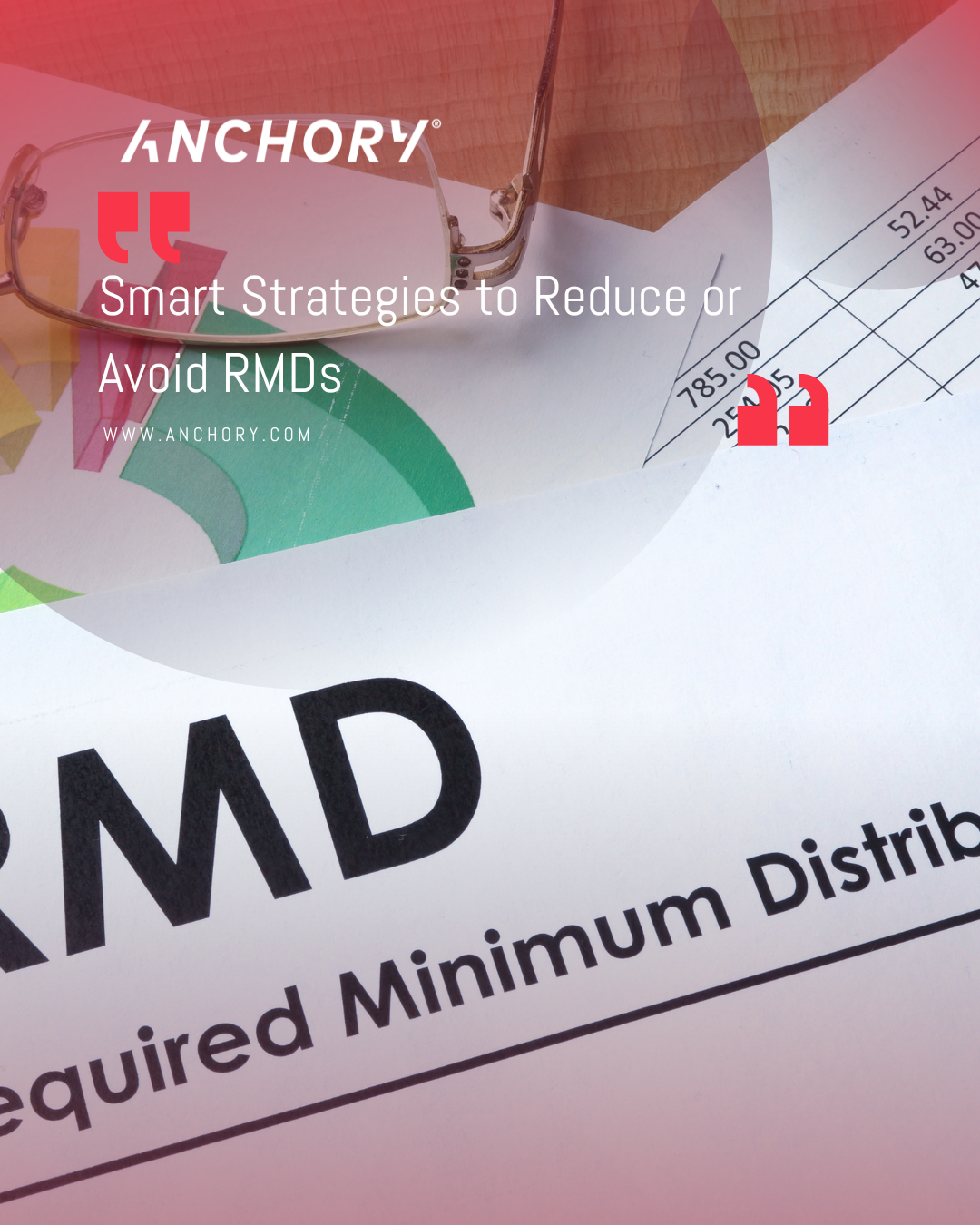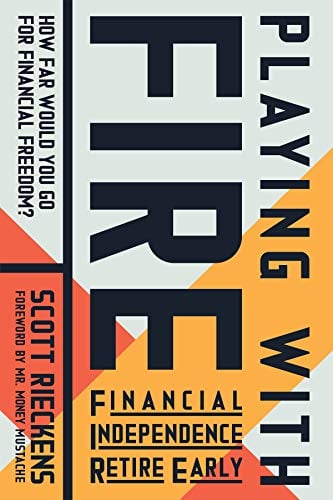Retirement Planning: A Guide to Finding the Right Financial Planner
Retirement planning is a critical aspect of ensuring a secure and comfortable future. Finding the right financial planner to help you navigate the...

Taxes. It’s hard to think of a more reviled aspect of our government.
When I first met him, a friend was diffident responding when I asked what he does – he’s an IRS attorney… Needless to say, I don’t hold that against him. As I told him, I know taxes fund everything the government does, from highways and bridges to national defense, etc. He was visibly relieved.
However, as much as I understand and accept that taxes are necessary, that doesn’t mean I like paying more than I need to.
Some people think that everyone (who makes more than they do) should pay as much as possible in taxes.
Everyone is eager to do away with tax breaks that don’t help them personally.
You get the idea, right?
However you feel about any of these points (or any number of others) about how the tax code should be changed, there’s one thing few would disagree with. Judge Learned Hand said it best 88 years ago:
“Any one may so arrange his affairs that his taxes shall be as low as possible; he is not bound to choose that pattern which will best pay the Treasury; there is not even a patriotic duty to increase one’s taxes.” Gregory v. Helvering, 69 F.2d 809, 810 (2d Cir. 1934)
The US tax code is famously long and complicated.
While in 1913 it could be printed on a single page (!), by 2005 it comprised over 2 million words, and in 2021 it spanned over 10,000 sections, according to efile.com.
The Tax Foundation estimated in 2014 that the code, along with IRS regulations and case law came to a staggering 70,000 pages! They also quoted the National Taxpayer Advocate as having stated the tax code changed on average about once a day from 2001 to 2012.
This complexity makes filing a tax return an annual ordeal for most, even for those of us who hire accountants to prepare their tax returns.
But in one aspect, this complexity can be a good thing.
If you’re creative enough, you can find wording in the tax code that lets you arrange your affairs such that your taxes are lower, to paraphrase Judge Learned Hand.
To encourage us to save for retirement, Congress put into the tax code many options for deferring taxes on such savings.
IRAs, SEP IRAs, SIMPLE IRAs, 401(k) plans, 403(b) plans, etc. all let you take money from your current wage income and set it aside before taxes, reducing your current tax liability. Instead, you pay taxes on withdrawals in retirement, when you actually want to use the money.
The problem Congress then faced was that the wealthy could set aside the most money, and usually don’t need to ever withdraw it. They can simply live off their taxable investment income. Then, they can leave the full, untaxed amounts in the plans to their kids who may also not need it, potentially deferring taxes for generations (at least until the SECURE act required heirs to drain inherited accounts within 10 years of the bequest).
To make sure Uncle Sam gets his bite sooner rather than later, Congress set up the so-called Required Minimum Distribution (RMD).
Whether they need the money or not, retirees are forced to take out of their retirement plans (and pay taxes on) an ever-growing portion of their balances each year, starting the year after they turn 72.
Don’t take out your full RMD, and you’re penalized a hefty 50% (!) of every dollar you failed to withdraw.
The IRS offers several tables that tell you your RMD percentage for your age. The so-called Uniform Lifetime Table (see below) applies to most taxpayers.
As you can see, when you’re 72, you have to withdraw and pay taxes on 3.65% of your retirement plan balances.
At age 75, it’s 4.07%. When you’re 80, it’s 4.95%. Turned 90? Now it’s 8.2%.
If you make it to your 100th birthday, it’s 15.63%.
Considering that good retirement planning has you withdraw no more than 4% of your portfolio to fund your retirement expenses, from age 75 and on RMDs force you to draw more than you should, so the tax man can get his cut.
Worse, on average retirees spend 1% less each year in retirement, so beyond the ever-increasing bite of the RMD, the expenses you need to fund shrink, adding insult to injury.
There are 7 ways your financial advisor may help you sidestep or at least reduce your RMDs.
As mentioned above, if you own 100% of your business that 7th method won’t help you. However… What if you’re ready to call it a career before age 72?
You find a buyer for your business and sell at least 95% of it. Now that you no longer own more than 5%, your 401(k) balance at what used to be your business isn’t subject to RMDs, as long as you stay on the payroll. You could even make retaining you as an employee a requirement of the sales contract.
There are a few hoops to jump through…
Interestingly, my accountant says there’s no requirement on how many hours you work, your hourly pay, or what work you do. It could be 10 hours a month at minimum wage for reviewing documents. You just need to remain on the payroll and continue to participate in the 401(k).
Even more interesting, before you sell your business, you can make sure your 401(k) allows you to roll over other tax-deferred retirement plans into it. Then, roll all your traditional IRAs into the RMD-proofed 401(k).
Voila! No more RMDs!
Now, your withdrawals are dictated solely by your spending needs, dramatically reducing your tax bills late in life.
If you don’t own >5% of your employer (and especially if you own none of it), and they don’t have a set retirement age, being friendly with the owner offers benefits beyond being treated well at work.
Ask her to keep you on the payroll at minimal hours and minimum wage, so you can delay your RMDs. Here too, you may be able to roll over your IRAs into the company’s 401(k). The obvious limitation is that at some point your contribution to the company will stop being worth even this minimal cost, and they’ll let you go.
But if you still own, say, 1% of the company, they may overlook your decline…
RMDs may force you to deplete your tax-advantaged retirement plans faster than you need or want. There are at least 7 ways to reduce or delay your RMDs, but most throw out the baby with the bathwater.
The above shows an innovative approach to the one RMD exception that’s actually helpful, that lets owners of small businesses legally sidestep RMDs for as long as they want if they’re planning to sell their business anyway.
Disclaimer: This article is intended for informational purposes only, and should not be considered financial advice. Before making major financial decisions, please speak with us or another qualified professional for guidance. The original version of this article first appeared on Wealthtender written by Opher Ganel.

Retirement planning is a critical aspect of ensuring a secure and comfortable future. Finding the right financial planner to help you navigate the...

The Traditional Approach to Tax Planning & Retirement The traditional approach to taxes and retirement used to be to save as much as possible in a...

FIRE, the acronym for Financial Independence, Retire Early, connects with many people’s dream of “firing” their boss. Do you know how long it’ll be...